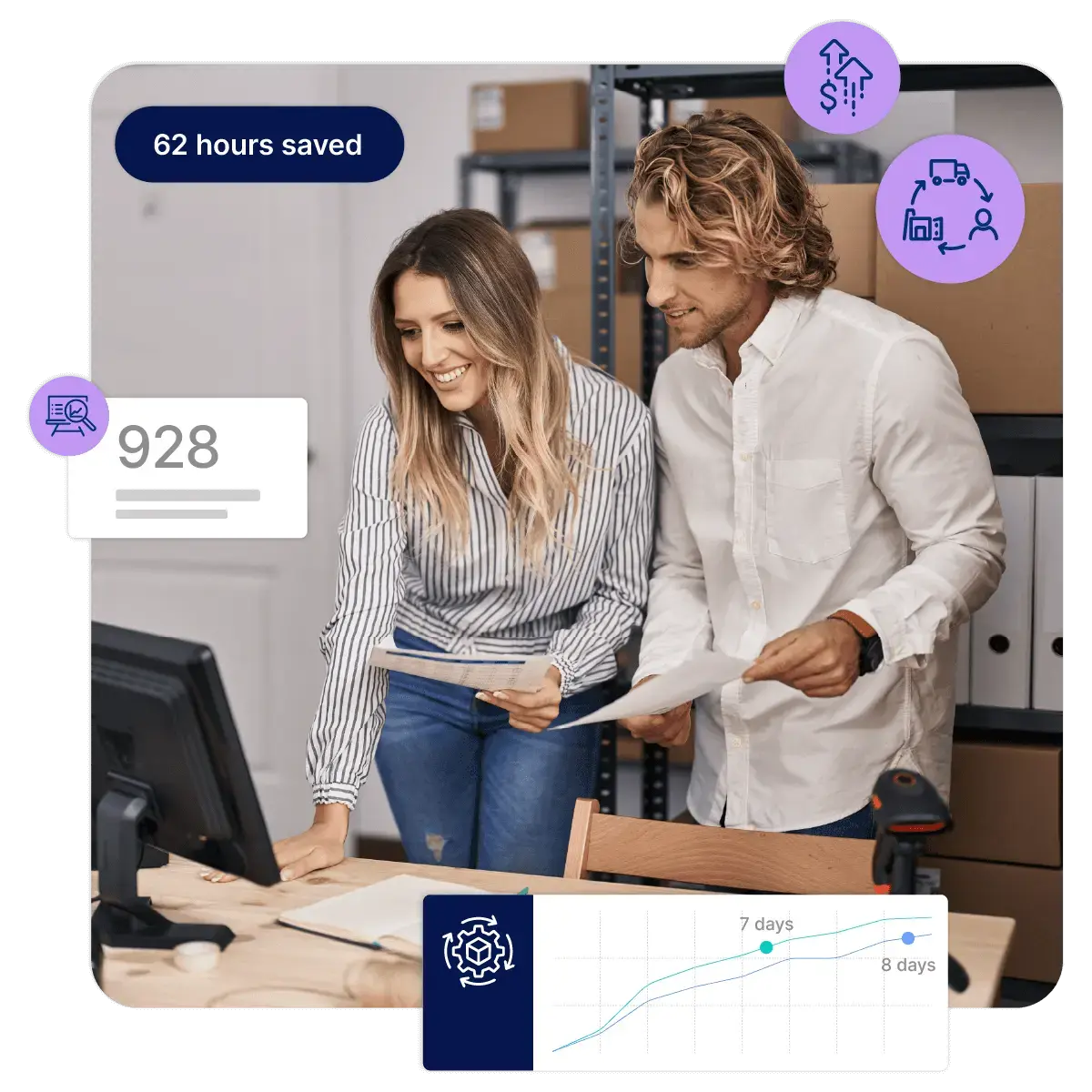Forecasting
Definition
Forecasting in layman terms is planning for the future.
Forecasting is a technique which signifies estimating for future needs of many aspects of the business. This could entail inventory forecasting, marketing budget, material planning for production and distribution and many more.
Forecasting is carried out in small and medium organizations alike according to the nature of their business and scale. Forecasting about that future is carried out by looking at past data.
If we talk about inventory management, demand forecasting is done to gauge the optimal inventory a seller need to stock to fulfill customer demand, without tying up too much capital in it.
Forecasting is an extremely crucial practice for any business. It is on forecasting that the net profit and expenditure of the business is dependent. Considering its importance in money matters, there are certain methods for forecasting which can provide near accurate results.
Different Methods of Forecasting
Quantitative Method
These methods are used when data about past purchases and sales are available. A quantitative analysis is done on historical data within a time frame for a specific variable.
Quantitative forecasting uses analytics to crunch large amounts of historical data in order to find trends and patterns. It is also the least prone to bias. However, the quantitative analysis also has its weak points, it does not work well when there is little to no historical data for analysis. Quantitative forecasting depends on identifying repeated patterns in your data.
Qualitative Method
Qualitative forecasting technique relies on the judgment of experts for forecasting. Unlike a quantitative method, which mandates the presence of historical data, a quantitative method can be applied in cases where there is a lack of past data. A key technique in qualitative analysis is the Delphi method.
Delphi Method
This method is part of the Qualitative model. In the Delphi method, forecasts are carried out by way of a group answering questionnaires. This group, which makes the panel, constitutes experts from various fields like marketing, production, sales, management, finance. They are first asked to respond to an initial questionnaire. The second one is framed on the basis of the answers to the first one. The point of the second set is to give each panelist to review or reconsider their responses in the initial set of questions. This series of questionnaires is continued until a reasonable consensus is achieved. Not to arrive at a single specific answer but the Delphi method finds a collective opinion about the problem which is supported by all panelists.
Time Series Forecasting
This method is the simplest of all forecasting methods. It uses historical data about that particular variable without considering external factors such as competitor analysis, market conditions, economic ups and downs, etc.
Benefits of Forecasting
Prepare for the future
Though not absolutely accurate, forecasting gives businesses a reasonable idea about the amount and kind of products they need to plan, stock, and produce in order to satisfy future customer demands.
Happy customers
Since forecasting predicts future customer demand, companies are equipped well in advance to fulfill it. Forecasting facilitates greater inventory control as managers know how much product to keep so that almost no customer goes empty-handed from the store.
Reduce inventory holding costs
Forecasting is carried out by analyzing past sales and purchase data of products in the inventory. It also exposes the best-selling and low-selling items based on consumer buying behavior. With this information, warehouse managers know how much or how little to stock, thus, preventing too much capital to be tied up in storing inventory.
Challenges & Limitations of Forecasting
1. Dependency on Historical Data
- If past trends don’t match future conditions, forecasts can be inaccurate.
- Market disruptions (e.g., COVID-19) make past data unreliable.
2. Inaccurate Assumptions
- Demand changes due to competition, price shifts, and new trends.
- Forecasting models struggle with sudden market shifts.
3. Over-reliance on Software
- Forecasting tools are powerful but need human insights.
- AI-driven models can misinterpret short-term spikes as long-term trends.
Best Practices for Accurate Forecasting
1. Use a Combination of Methods
- Blend quantitative and qualitative models for a balanced forecast.
- Use historical data + expert insights + real-time market trends.
2. Leverage AI & Predictive Analytics
- AI-driven models detect patterns human analysis might miss.
- Machine learning improves accuracy over time.
3. Regularly Update Forecasts
- Review and adjust forecasts monthly or quarterly.
- Track real-time demand fluctuations to prevent stockouts.
4. Incorporate External Market Data
- Include consumer trends, competitor analysis, and economic conditions.
- Avoid relying solely on past company sales data.
Conclusion
Forecasting is an indispensable practice for any business be it manufacturing, retail or e-commerce. It prepares the company to plan its monetary resources accordingly and distribute it to the different departments within the organization. Forecasting serves as a helping hand in inventory management as it reduces excessive inventory, provides optimal levels of safety stock to be kept and decreases warehouse costs as well.



